Auschwitz III – Monowitz
Monowitz is located about five kilometers east of Auschwitz I – Stammlager in an area called Monovice (german Monowitz). Here the German Industrial Company, IG Farben (Interessen-Gemeinschaft Farbenindustrie AG), in April 1941 began to build a factory for production of synthetic rubber and synthetic fuel. The focus was mainly on synthetic rubber and since the rubber was called Buna, the factory was called Buna-Werke. IG Farben had worked closely with the SS even before the war and this cooperation continued during the war. One reason IG Farben chose Monowitz for their production was that they could hire cheap labour from nearby Auschwitz I and II. Initially, the prisoners who had to slave work building the factory were forced to walk to the factory. However, this proved to take a lot of time, so they were transported by rail. But as the demand for labour increased, Auschwitz’s management decided to build a prison camp adjacent to the factory. This prison camp began to be built by prisoners in October 1942, just southeast of the factory. The new camp was called Auschwitz III – Monowitz and was about the same size as Auschwitz I. The prisoners were used exclusively for slave labour in Buna-Werke. In November 1943, the camp became independent with nearly thirty satellite camps. The commander up to the liberation in January 1945, was SS-Hauptsturmführer, Heinrich Schwarz (sentenced to death and hanged in 1947).
The highest number of prisoners was reached in July 1944 when about 11,000 prisoners were registered. In total, about 35,000 ended up in the camp during its existence and because of the hard slave labor, no less 25,000 prisoners died. Regular selection by SS doctors was common to weed out weak and sick prisoners who were no longer considered productive. These were usually sent to the Birkenau gas chambers. Auschwitz III – Monowitz was perhaps from a German perspective the most important of all three camps in Auschwitz. The purpose of the factory was to produce rubber (and fuel) necessary for the German war effort. The allies knew that and the factory was bombed on four occasions (August – December 1944). Some damage occurred but not worse that prodution could continue. The other two camps were not bombed. No production of synthetic rubber ever started and only an insignificant amount of fuel and oil was produced. In January 1945, the SS began evacuating the camp and the prisoners were forced out on Death marches to other camps. The camp was liberated together wit the other two Auschwitz camps on January 27, 1945. There were about 650 prisoners left in the camp.
Current status: Partly preserved/demolished with monument (2015).
Address: ul. Chemików, 32-600 Oswiecim (Buna-Werke). ul. Bartosza Glowackiego, 32-600 Oswiecim (Camp area).
Get there: Car.
Follow up in books: Rees, Laurence: Auschwitz: The Nazis and the Final Solution (2005).

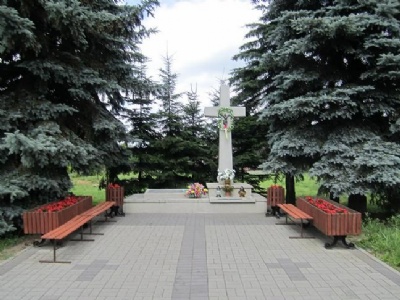
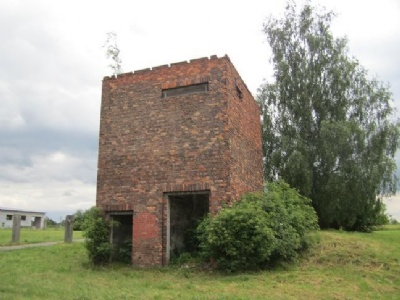
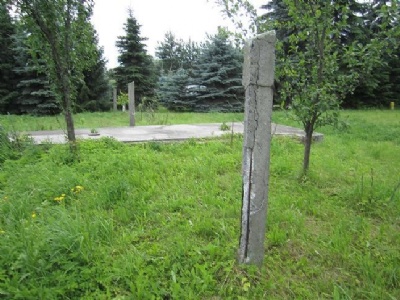
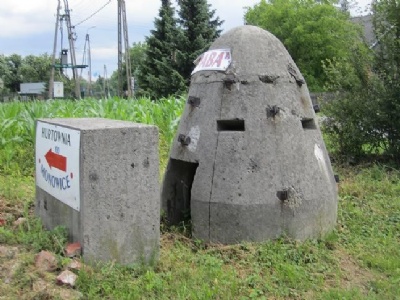
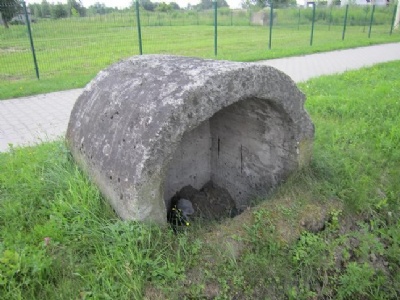
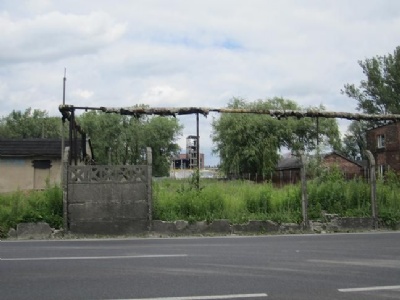
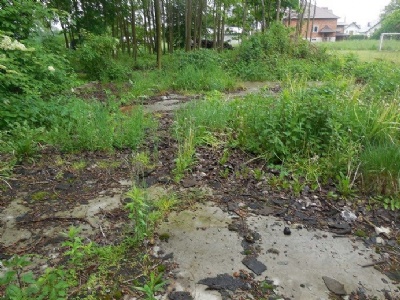
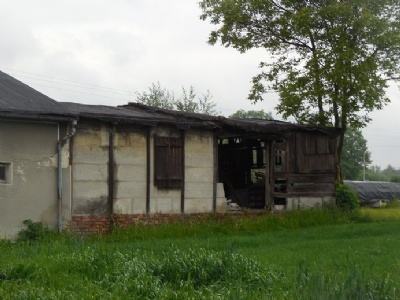
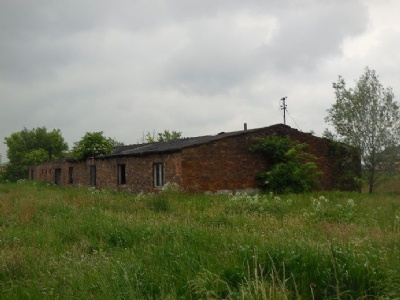
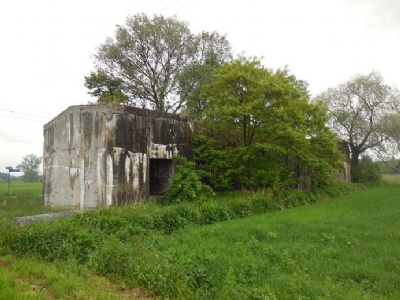
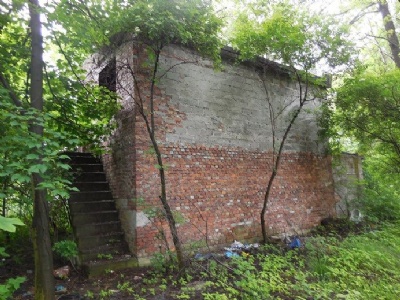
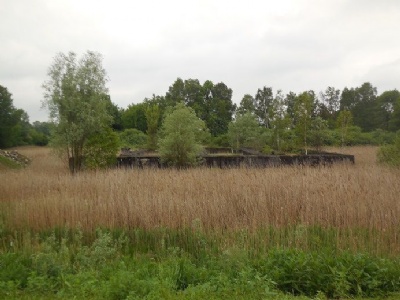
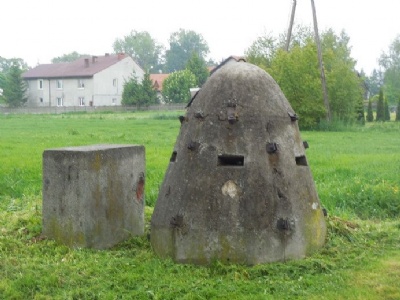
After the war, industrial activity resumed in Buna-Werke while the prison camp was demolished to make room for private plots. The wall that surrounded the factory remains. Some guardtower with small adjacent shelters also remains. Neither is part of the museum or under the protection of the museum. At the former entrance to Buna-Werke through which the prisoners passed every day on their to work and when they left after work, there is a monument. At the former camp site is another monument.
According to the museum, there is nothing left of the camp, but that’s not true. Everywhere there are remnants in form of dilapidated barracks, foundations, camp posts and bunkers. Most of it is found on private land where some historic buildings are used as storage. There are several plausible explanations why the museum says there is nothing left. One reason may be that they want visitors to spend time at the museum. It is, in fact, at the musem the history of Auschwitz is being told and not at Monowitz. Auschwitz I is also preserved whilst Auschwitz III is not. Another reason may be that most of the buildings are on private land whose owners do not want tourists trespassing.
Another likely reason may be that the museum wants to protect the barracks. By consciously claiming that there is nothing to see, the number of visitors is limited. Should the number of tourists increase, there is of course the risk that the buildings will be damaged or destroyed and there is also the risk that the property owners will demolish the buildings due to curious tourists. This is something that the museum wants to avoid. Also at Auschwitz I and II there are several buildings outside the official museum that belonged to the camp. These are either dilapidated, abandoned or used for other purposes.